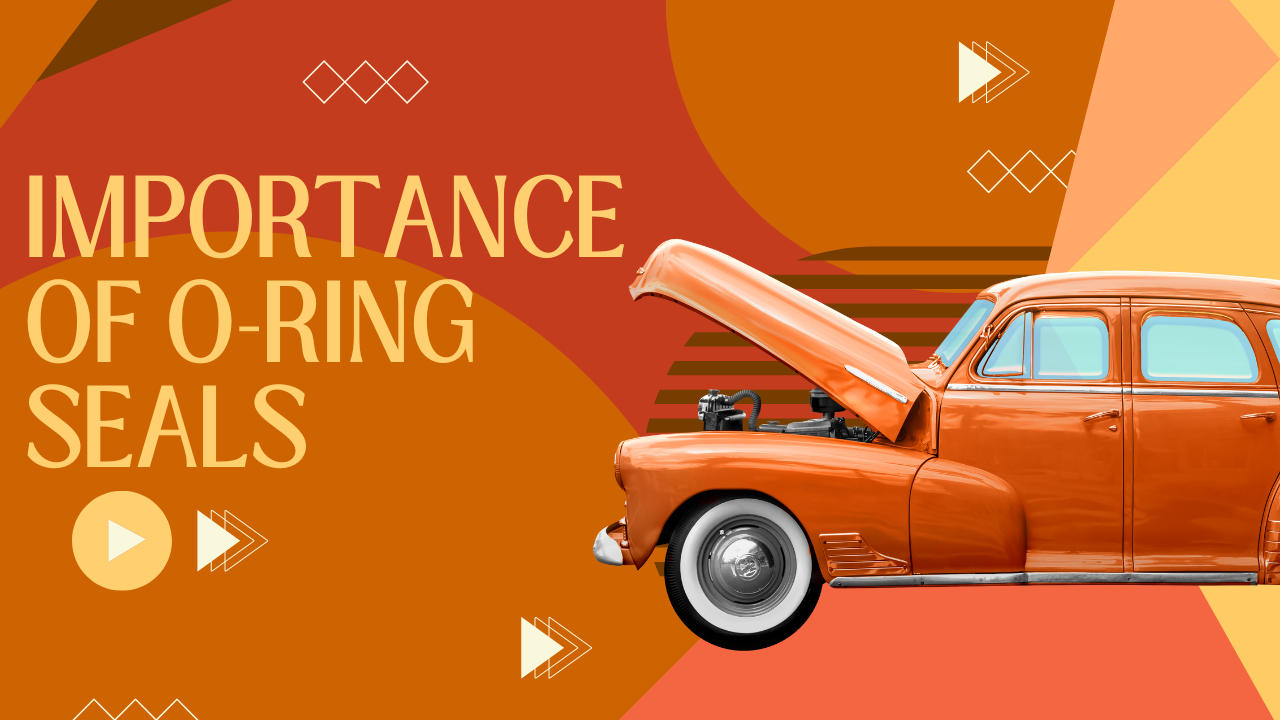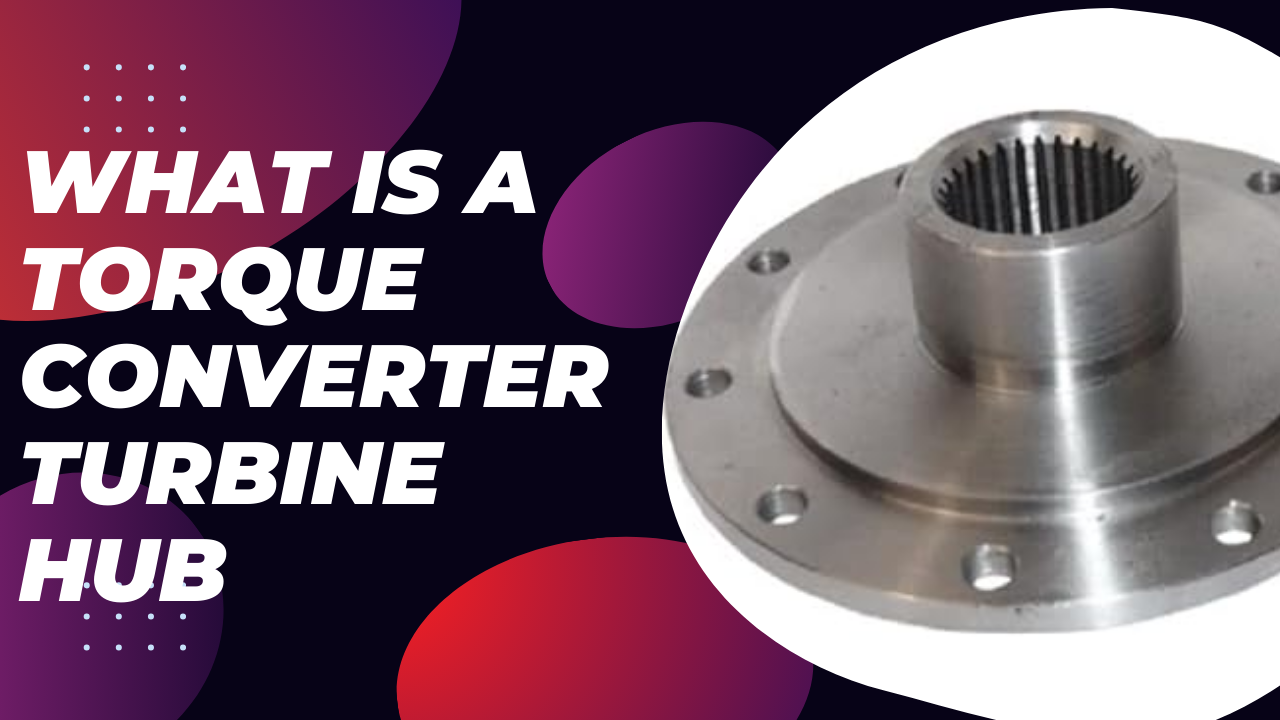Unfavorable Practices That Could Damage Your Car's Clutch Plates

In the intricate world of automotive maintenance, few components are as crucial yet often overlooked as the clutch plates. These vital parts facilitate the smooth transition of power from the engine to the transmission, enabling seamless gear changes and overall performance. However, despite their importance, clutch plates are susceptible to damage from various unfavorable practices that many drivers may unwittingly engage in. In this article, we'll delve into these detrimental habits and explore how they can harm your car's clutch plates. Riding the Clutch : One of the most common habits that can inflict damage on your clutch plates is riding the clutch pedal. This occurs when drivers keep their foot partially engaged with the clutch pedal even when it's not necessary, such as during prolonged stops or while coasting. Constantly riding the clutch subjects the plates to unnecessary friction, leading to premature wear and eventual failure. Resting Foot on the Clutch Pedal :...




